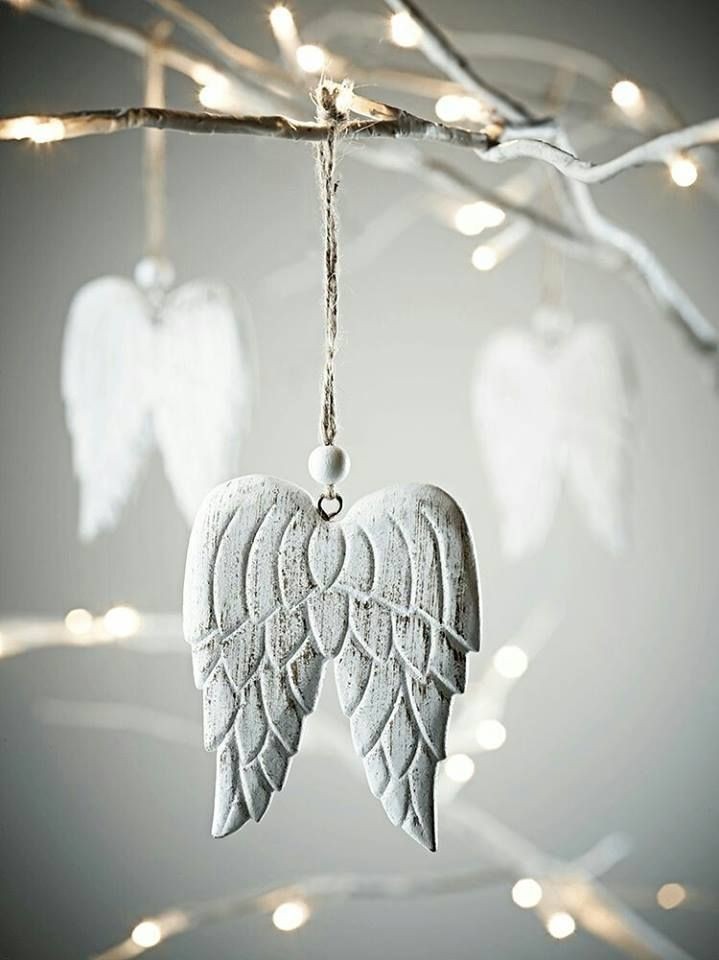African Art as a Conduit for Healing: The Ethnographic Perspective...
- Koöko Fleurs
- Jun 1, 2024
- 3 min read
Updated: Oct 3

African art, a vibrant tapestry of the continent’s soul, serves as a profound conduit for healing. It is an ethnographic mirror reflecting the diverse cultural practices, beliefs, and traditions of Africa’s many tribes. This art form is not static; it is a living, breathing testament to the continent’s rich heritage, offering insights into the communal psyche and serving as a vehicle for therapy and transformation.
Artists across Africa explore and celebrate the power of creativity to foster emotional, psychological, and spiritual well-being. Let’s delve into the world of African artists who harness the therapeutic potential of art as a path to wellness.
Art Therapy and African Art: A Multicultural Approach
Art therapy, when infused with the principles of African art, becomes a multicultural practice that respects and utilizes the healing traditions of African cultures. It is an inclusive approach that acknowledges the therapeutic value of cultural expression. In multicultural art therapy, clients are encouraged to explore their own cultural roots and the healing practices of their ancestors, using African art as a catalyst for personal growth and recovery.
Art as Emotional and Psychological Healing
Chéri Samba’s Paintings: Congolese painter Chéri Samba reflects on personal experiences through vivid and thought-provoking pieces. His richly symbolic paintings allow viewers to connect with his emotional journey and contemplate their own.
Ghada Amer’s Embroidery: Egyptian-born artist Ghada Amer weaves intricate narratives of love, loss, and desire through captivating embroidery. Her work serves as a powerful testament to the transformative power of art in processing emotional pain.
Samuel Fosso’s Self-Portraits: Cameroonian artist Samuel Fosso navigates self-discovery and introspection through striking self-portraits. By assuming different personas, he uses creativity as a means of understanding and healing.
Art and Spiritual Well-Being
El Anatsui’s Sculptures and Installations: Ghanaian artist El Anatsui creates mesmerizing sculptures that transcend material boundaries. His work invites contemplation and connects viewers to spiritual dimensions.
Peju Alatise’s Multidisciplinary Work: Nigerian artist Peju Alatise explores themes of identity, spirituality, and healing through multidisciplinary art. Her pieces evoke introspection and communal connection.
Hassan Hajjaj’s Photography: Moroccan-British artist Hassan Hajjaj captures vibrant portraits that celebrate cultural fusion and individuality. His photography resonates with viewers on both aesthetic and spiritual levels.
Art and Community Healing
Faith47’s Mural Projects: South African artist Faith47 engages in community healing through large-scale murals. Her art beautifies public spaces and fosters a sense of shared identity.
Serge Attukwei Clottey’s Initiatives: Ghanaian artist Serge Attukwei Clottey uses recycled materials to create thought-provoking installations. His work encourages dialogue and community resilience.
The Meaning Behind Art
Every piece of African art carries a deeper meaning, often related to the tribe’s cosmology and worldview. The symbolism found in these artworks is rich and multifaceted, offering a language through which healing can occur. For example, the Adinkra symbols of the Akan people of Ghana encapsulate philosophical concepts, social values, and historical events, all of which play a role in the community’s approach to healing and well-being.
Sculptures and Masks: Vessels of Healing
In many African cultures, sculptures and masks are not mere representations; they are imbued with spiritual significance. They serve as vessels for ancestral spirits, facilitating communication between the living and the non-physical world.
These objects are often used in rituals and ceremonies designed to heal, protect, and guide individuals and communities. For instance, the Dogon people of Mali create masks for rituals that are believed to establish harmony between humans and nature.
Utilitarian Objects of Sanctification
Utilitarian objects, crafted with intention and care, are also central to the healing practices of many African tribes. These items, ranging from pottery to woven textiles, are often sanctified and used in healing rituals.
They are believed to carry medicinal properties and are used by healers to treat both physical and spiritual ailments. The Zulu tribe’s use of intricately beaded patterns on everyday objects is one example, where each color and shape has a specific meaning and purpose, often related to protection and healing.
The Universal Language of Healing
African art, with its deep ethnographic roots and connection to the earth and spirit, offers a universal language of healing. It transcends cultural boundaries, providing a source of comfort, reflection, and recovery. As we embrace the principles of multicultural art therapy, we open ourselves to the wisdom of the ancients, finding healing in the shared human experience of creation and expression.
This exploration into the healing power of African art and its integration into art therapy practices highlights the importance of cultural sensitivity and the acknowledgment of traditional healing methods in contemporary therapeutic settings. African art remains a testament to the enduring human spirit and its capacity to find solace and healing through artistic expression.



















Comments